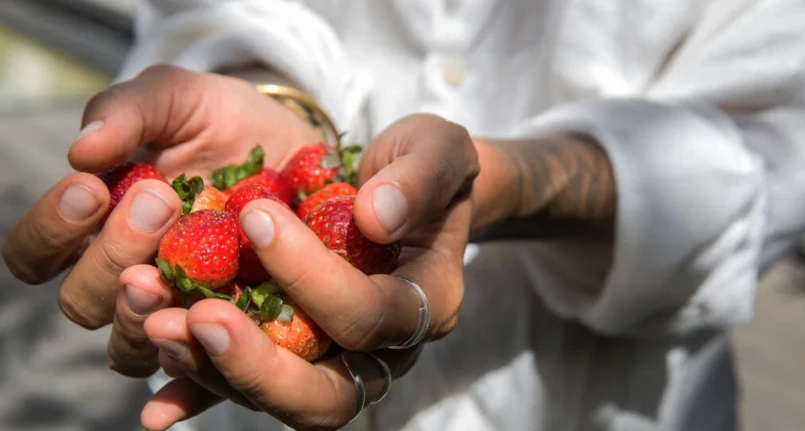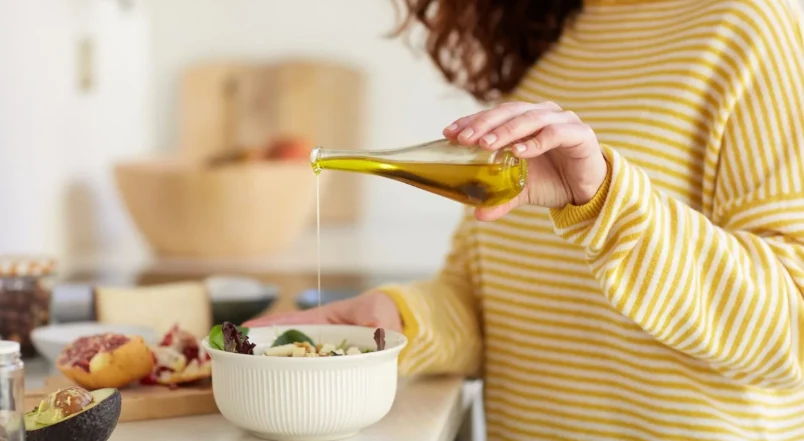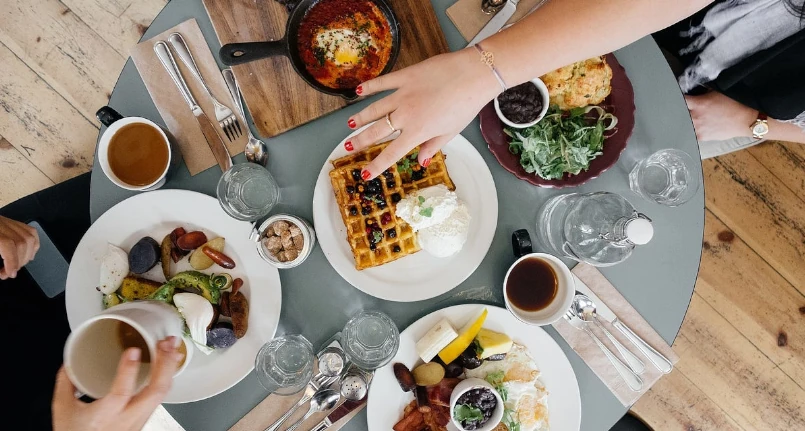Dark chocolate , strawberries , apples , pears and berries such as blackberries and blueberries are rich in antioxidants called flavonoids , recognized by science as beneficial for the body from various points of view.
Until now they were known to help decrease the chances of heart attack , stroke , type 2 diabetes and some types of cancer and fight high blood pressure , but a new study suggests that they play a decisive role in the association between flavonoids and blood pressure and the composition of the intestinal microbiota, i.e. the community of microorganisms that live in the intestine .
This finding could also help explain why flavonoids have such variable cardiovascular benefits from person to person.
Karkadè is also particularly rich in flavonoids .
Even dark chocolate has a large amount of it and for this reason eating it regularly generates various benefits.
What the study says
High blood pressure is a major risk factor for cardiovascular disease , which is a leading cause of death.
Researchers at Queen’s University Belfast in Northern Ireland recently conducted a study, later published in the journal Hypertension, whose conclusions are that individuals who consumed foods rich in flavonoids tend to have lower blood pressure, and that the diversity of intestinal microbiota of each represents a very important variant to determine the specific effect of these antioxidants.
“Eating 1.6 servings of berries per day , equal to 1 cup or 80 grams, led to clinically relevant reductions in systolic blood pressure , or blood pressure in a person ‘s arteries when the heart contracts , which differs from diastolic blood pressure, which is the pressure when the heart relaxes,” said lead author Aedín Cassidy, Ph.D., chair and professor of nutrition and preventive medicine at Queen’s University’s Institute for Global Food Security.
Specifically, the scientists’ analysis found that this amount was associated with an average reduction of 4.1 millimeters of mercury in systolic blood pressure . The diversity and composition of the gut microbiota would account for approximately 11.6% of the association between berry consumption and blood pressure.
Similarly, drinking 2.8 glasses of red wine per week (125 milliliters per glass) was associated with a 3.7 mm Hg reduction in systolic blood pressure. In this case the gut microbiota accounted for 15.2% of this association. However, doubts still remain regarding the positivity of this data, given that excessive alcohol consumption is instead linked to a greater probability of developing cardiovascular diseases.
The role of flavonoids
In particular, a class of flavonoids called anthocyanins appear to be key to this effect . These molecules are responsible for the red or blue color of many fruits , including red grapes , blueberries, black currants and blackberries.
However, their benefits are not the same in all people, which is why prof. Cassidy, a consultant to the US Highbush Blueberry Council, says that “a better understanding of the highly individual variability of flavonoid metabolism could very well explain why some people have greater cardiovascular protective benefits from flavonoid-rich foods than others.”
Research details
For their study, the researchers analyzed data from 904 adults between the ages of 25 and 82 , all of whom were part of a German medical database called the PopGen biobank.
The team assessed the participants’ flavonoid intake over the previous year using a food questionnaire that included the consumption of 112 different foods.
To measure the diversity and composition of the participants’ gut microbiota, the scientists used a standard technique that involves sequencing the genetic material of bacteria in stool samples , while to obtain a uniform and reliable measurement of blood pressure , they asked volunteers to fast overnight, and then take three consecutive blood pressure measurements at 3-minute intervals on them the following morning.
The mean of the second and third measurements were used to draw the final conclusions, and assessments of other factors that could affect blood pressure such as gender, age, smoking habits , medication use, physical activity , and family history were included. coronary heart disease .
Other benefits of flavonoids
The research also found that participants who consumed the most flavonoids tended to have a greater diversity of bacteria in their gut than those who consumed the least, a lower abundance of a genus of bacteria known as Parabacteroides, and a greater species in the Ruminococcaceae family of bacteria.
The beneficial properties of fresh berries and strawberries, blackberries and blueberries also remain in their frozen version, which is easier to find out of season. Furthermore, the prof. Cassidy didn’t rule out that prebiotic or probiotic foods could soon be created that help lower blood pressure by promoting the breakdown of flavonoids by intestinal bacteria .
“At the moment, this area of research is in its infancy, but the potential to design pre- or probiotics to improve flavonoid metabolism is already there.”




